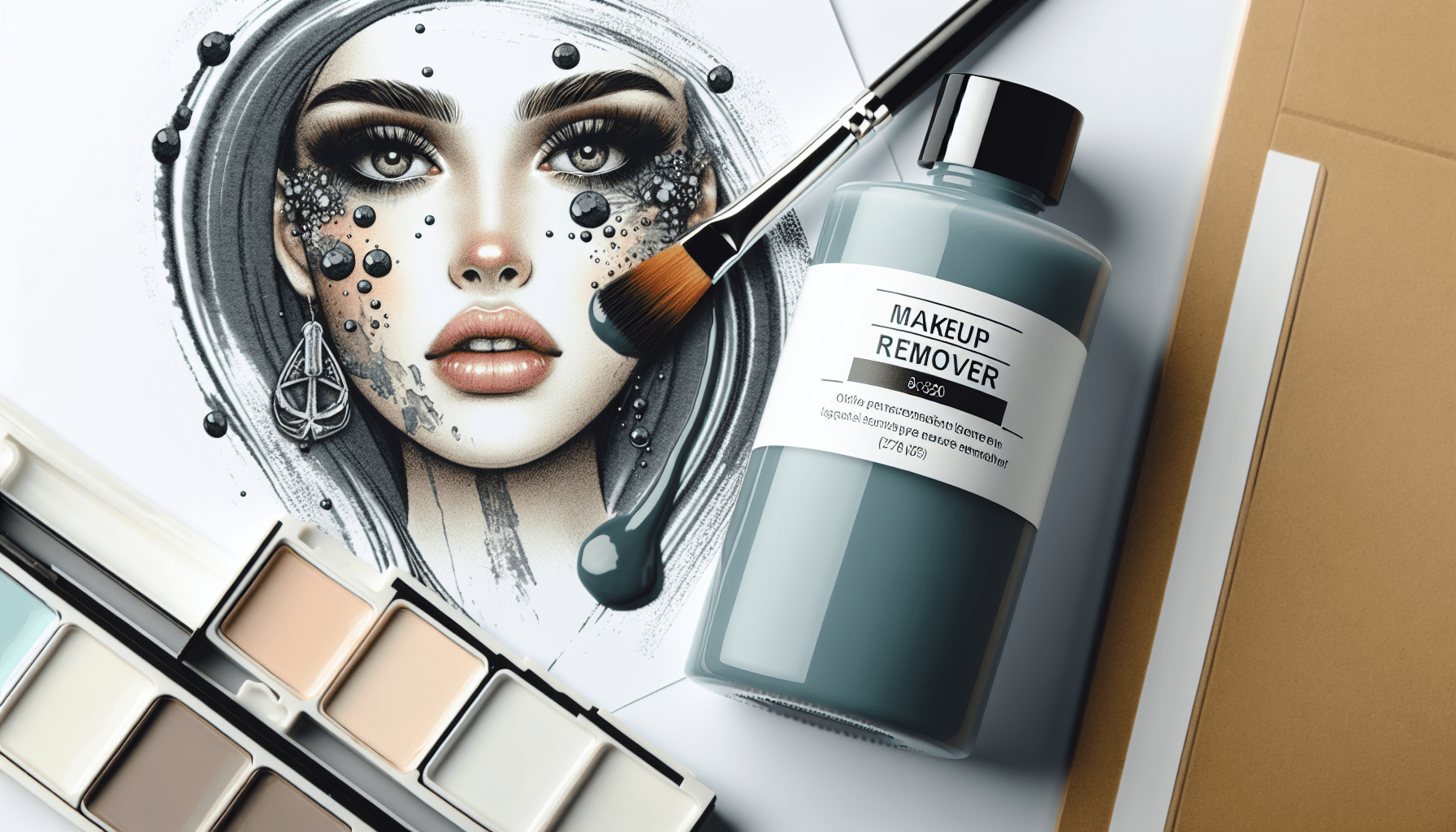In the realm of painting, mixing diverse mediums is both an art and a science, often leading to confusion and misunderstandings. The article, “Can You Paint Oil Based Paint Over Water Based Paint,” provides an exploration into the intricate dynamics of using different paint bases. It discusses whether you can indeed layer oil-based paint over water-based paint, an issue that is of considerable significance to both professionals and hobbyists in the paint industry. The matter is incredibly important to understand as it affects the durability, appearance and longevity of the paint job, all of which are crucial factors for any painting project.

Understanding Oil-Based Paint and Water-Based Paint
Before diving into the specifics of using oil-based paint over water-based paint, it’s crucial to understand what these two types of paints are and their primary distinctions.
What is oil-based paint?
Oil-based paint is made up of pigments suspended in a carrier of drying oil, typically linseed oil. The oil aids in spreadability and allows for a smooth, sturdy finish. This type of paint is known for its durability and rich color. It is commonly used in areas that require more robust wear or where you may need to clean the surface often.
What is water-based paint?
Water-based paint, also known as latex or acrylic paint, is made up of pigment suspended in a water-solvent mixture. As the water evaporates, it leaves behind the paint layer. Water-based paints are popular due to their quick drying time, low VOC levels, and ease of cleanup with water. They are also resistant to degradation and yellowing over time.
Key differences between oil-based paint and water-based paint
The main differences between oil-based and water-based paints lie in their composition, drying time, and finish. Oil-based paints offer a high gloss level, durability, and longer drying time, allowing for a smoother finish as brush strokes have more time to level out. Conversely, water-based paints dry quickly, are prone to less yellowing, can be cleaned up easily, and are less hazardous to your health due to lower VOC levels.
Considerations for Painting Over Water-Based Paint with Oil-Based Paint
Choosing to paint over water-based paint with oil-based paint requires careful consideration and preparation.
Compatibility of oil-based paint and water-based paint
While oil paints have historically been applied over water-based paints, modern paint technologies have made this a less routine practice. Generally, it is feasible to apply oil-based paint over water-based paint, but the reverse is not recommended, as water-based paint may not adhere correctly to the slick, glossy surface of oil-based paint.
Preparation steps for painting over water-based paint with oil-based paint
Preparing the water-based painted surface before applying oil-based paint is crucial. The process involves cleaning, sanding, and priming the surface, which are necessary steps to ensure the adherence of the oil paint to the surface.
Preparing the Surface for Painting
The preparation process holds significant importance in the painting project, as it sets the groundwork for a polished finish.
Cleaning the surface
Before applying oil-based paint, clean the water-based painted surface thoroughly. Remove all dirt, grease, and grime as they can prevent proper adhesion of the new paint layer.
Sanding the surface
After cleaning, sand the surface lightly. This step creates a slightly rough texture, augmenting the adherence of the oil-based paint.
Repairing any damage
Inspect the surface carefully for any flaws or damages. Repair them using a filler or putty, and then sand the repaired areas, ensuring they are smooth and level with the rest of the surface.
Priming the surface
Priming is an essential step before painting an oil-based paint over water-based paint. A primer can increase the grip of the oil-based paint and cover any stains present on the surface.
Applying the Oil-Based Paint
Just as significant as surface preparation is the paint application process.
Choosing the right oil-based paint
Select the appropriate oil-based paint, considering factors like the type of surface being painted and the desired finish.
Using the appropriate tools
Often, brushes and rollers made with natural fibers are the best choices for applying oil-based paints. These tools can ensure even coverage and a smooth finish.
Application techniques
Apply the oil-based paint in thin, even layers. Waiting for each coat to dry before applying the next can ultimately lead to a smoother and higher quality finish.

Drying and Curing Time
One of the main differences between oil-based and water-based paints lies in their drying and curing times.
Drying time for oil-based paint over water-based paint
Oil-based paints take relatively longer to dry due to their oil content. The average drying time can be from 6-8 hours to touch and up to 24 hours for a complete dry.
Curing time for oil-based paint over water-based paint
Curing is the time taken for the paint to dry thoroughly and achieve its maximum hardness. The curing time for oil-based paint may span from several days to a couple of weeks, depending on the environmental conditions.
Advantages and Disadvantages of Using Oil-Based Paint over Water-Based Paint
While painting with oil-based paint on a water-based paint can yield good results, it’s important to weigh the merits and demerits of oil-based paint.
Advantages of using oil-based paint
Oil-based paints are highly durable and resist damage from scuffs and scrapes. They also provide a smooth, glossy finish that is attractive and easy to clean.
Disadvantages of using oil-based paint
However, oil-based paints have a pungent odor and a higher level of VOCs, which can be harmful to health. They also require mineral spirits or paint thinner for cleanup, adding to their environmental impact.
Considerations for Switching from Water-Based Paint to Oil-Based Paint
If you decide to switch from water-based paint to oil-based paint, consider the implications carefully.
Consulting a professional
To ensure a successful outcome, it may be beneficial to consult a professional. They can provide valuable guidance based on their expertise with both paint types and their knowledge of specific product performance.
Testing a small area
Before painting the entire surface, it is advisable to test the oil paint on a small area. It allows you to see how the paint adheres to the water-based paint and observe the drying time and finish.
Considering the specific application
Think about the specific application and space you’re painting. For instance, oil-based paint might be more suitable for high-traffic areas or trim work due to its durability and cleanability.
Safety Precactions when Working with Oil-Based Paint
The use of oil-based paint necessitates certain safety measures given its potential health and environmental impact.
Ventilating the workspace
Ensure adequate ventilation in your workspace due to the fumes that oil-based paints emit. Ventilation can help disperse the VOCs and limit your exposure.
Wearing protective gear
Wear protective gear, such as a mask and gloves, when dealing with oil paints. This step will protect you from inhaling potentially harmful fumes and keep your skin safe.
Proper disposal of materials
Used paint brushes, rollers, and any waste materials should be disposed of responsibly in compliance with local regulations to limit environmental harm.
Cleaning Up after Painting with Oil-Based Paint
When the painting is complete, proper cleanup is essential.
Cleaning paintbrushes and tools
Oil-based paint needs a specific type of cleaning agent—mineral spirits or paint thinner. Use these to clean brushes, rollers, and any other tools used.
Storing leftover paint
Properly sealed, leftover oil paint can last for up to 15 years. The paint should be stored in a cool, dry place, away from heat sources or freezing temperatures.
Conclusion
Summary of key points
Oil-based paints offer long-lasting durability and a vibrant, glossy finish, making them an attractive option for many painting projects. Although they require careful preparation and cleaning, and carry certain health risks, their qualities often outweigh these challenges.
Final thoughts on painting oil-based paint over water-based paint
When deciding to switch from water-based paint to oil-based paint, it’s paramount to weigh all the factors, from the specific application to the environmental and health implications. While oil-based paint can offer improved durability, smooth finish, and vibrant colors, it is also more taxing to apply and clean up, and brings more health and safety considerations. Make sure you make the decision that meets your specific painting goals and maintains the safety of your environment.



